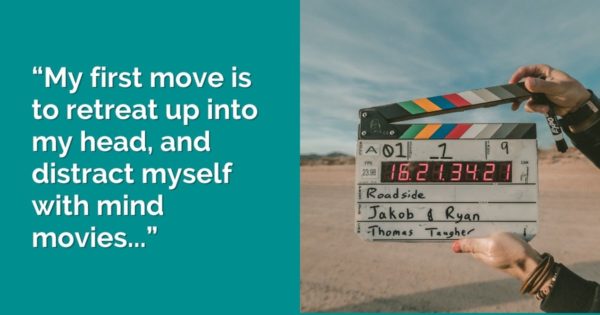“My clients don’t seem to have any felt senses. They talk a lot about their stories….”
Lena writes:
I have been reading your new book, Focusing in Clinical Practice, and I have a question. You talk about watching for the felt senses that our clients have, but my clients don’t seem to have any felt senses. They talk a lot about their stories, and I feel comfortable discussing what happened and helping them see their own role in these incidents, and often they have helpful insights…but where is the Focusing?
Dear Lena,
We do welcome the stories of our clients! This is how they connect with their own lives and with us. Our interested acceptance of their stories allows our clients to feel safer with us. And, as you have seen, telling stories to an interested listener can help advance the client’s process.
And then there is Focusing. Focusing tells us that underneath the familiar concepts, underneath “he said” and “she didn’t help,” there is a not-yet-formed implicit dimension that can open up and bring something really new.
What I love is that we can help clients go FROM their stories directly TO this implicit dimension. We can do this smoothly, seamlessly, so we aren’t telling them to stop their story, we are just helping to open a doorway in the story itself.
The key phrase is: “So there is something about…”
Example: A client says, “It was a hard week. Stressing about things every day. The worst is at work, there is this one woman, she never respects me. She acts like she does, but she doesn’t really. She says what sounds nice but I can tell she doesn’t mean it. It burns me up!”
I’d respond first by just hearing the essence of what my client wants me to hear, “Yes, it was a hard week, and you’re realizing the worst of it is this woman at work who never respects you, and it burns you up!”
Step One: Meet the story as it is.
Step Two: Offer an empathic prompt that invites sensing how there is a doorway into “more” right in that story.
Here’s how I would do Step Two in that example:
“Yeah, there is something about the way she is, not respecting you. Something about her not respecting you, that brings this feeling…”
This is an invitation. Can you feel it? The client may not take the invitation…but over time the client will lean more toward this possibility, that under the story there is more. And when she does, we will be ready to follow her.







